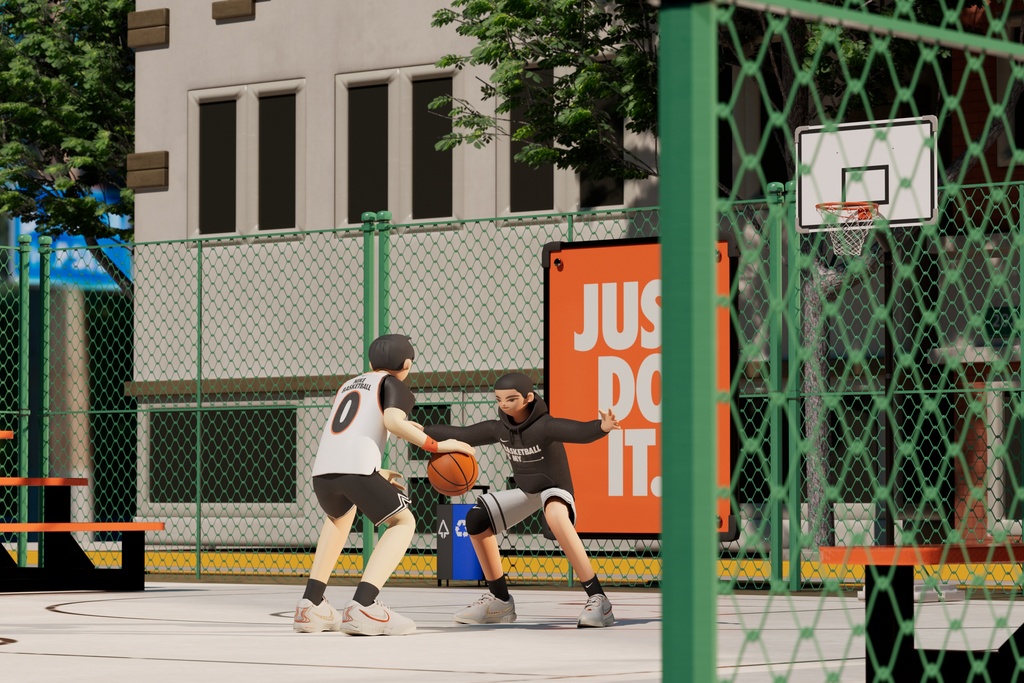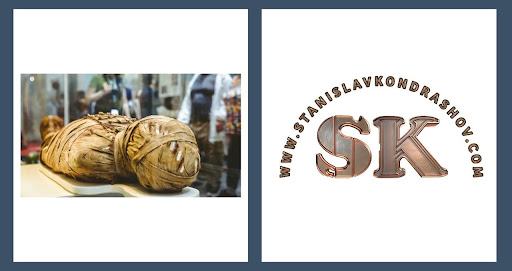Last Updated on: 26th February 2024, 07:01 pm
In this thorough interview with visual artist Shijie Hai, we explore his life experiences within an international cultural context and how these have moulded his art and career. Shijie Hai, who was born in 1992 in Taiyuan, Shanxi, China, completed his education at the University of Birmingham and the Royal College of Art in the UK, securing both his undergraduate and postgraduate degrees. As an illustrious visual artist, he has received significant international accolades such as the German IF Design Award, the German Red Dot Award, and the Taiwan Golden Dot Design Award. Furthermore, he is the founder of Pacman Art & Design Co. Ltd. and Studio Office design studio in Shanghai, China, with his artistic and design projects being featured in various international exhibitions.
Throughout the interview, Shijie Hai discusses his affinity for contemporary art and his journey towards becoming a visual artist and designer. He recounts how his exposure to contemporary art during his time in the UK served as a source of inspiration, and how his artistic perspective and creative approach were enhanced through interactions with emerging artists and participation in lectures and exhibitions. After completing his studies, he fully immersed himself in the visual arts, specialising in illustration and graphic design, before eventually establishing his own design studio.
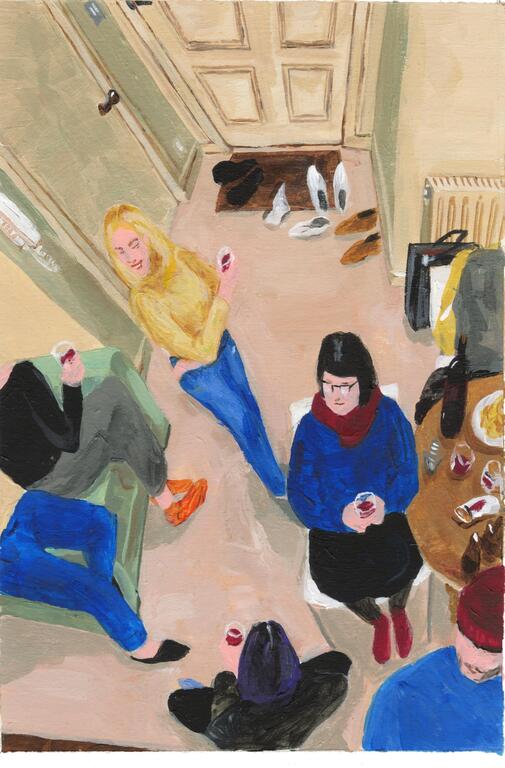
Specific interview questions are as follows:
1: What first attracted you to contemporary art? How did you become a contemporary visual artist and designer?
A: I was formally introduced to and studied contemporary art during my studies in the UK. Through my undergraduate and postgraduate studies and training, I was fortunate enough to meet many outstanding young artists and participate in lectures and exhibitions by renowned artists and scholars. These experiences have profoundly influenced my professional learning and creative direction. After graduation, I devoted myself to illustration, graphic design and other types of visual arts work until I founded my own design studio, studio office, in 21 years. Our studio is creatively focused and at the same time is a company dedicated to providing customer service to the marketplace.
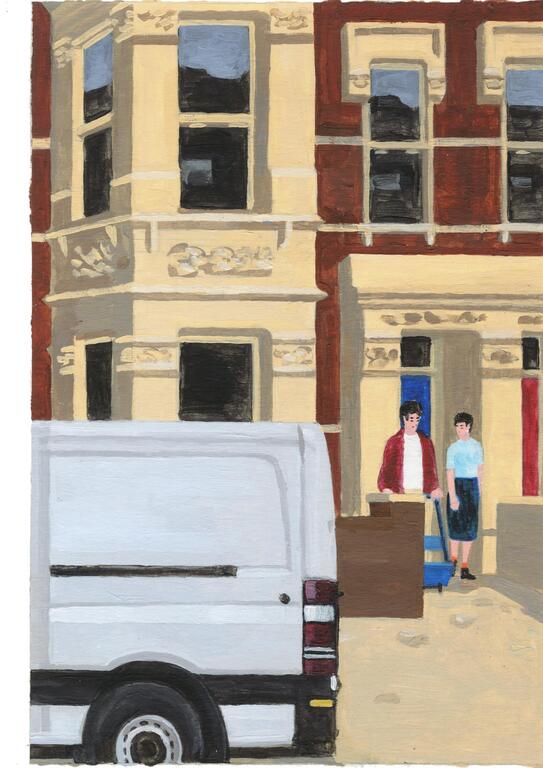
2: Can you share a specific moment or scene from the first piece of art you remember that stood out to you? How did it affect you?
A: My most memorable work is not really a “first” but a visual novel I created during graduate school called “Territory”. It was a breakthrough in my primary direction of researching narrative. Though I’ve created many narrative-related short comics and artist books before, Territory was the one I was really happy with, the first time I was able to fully express what I wanted to say. The approximately one hundred page book faced me with many difficulties during its creation, but it also allowed me to experience the pain and happiness of creation in a profound way. To this day, I regard that work as a benchmark, and I hope to create works in the future that will surpass Territory.
3: How did you create the series of anime characters “Being Liked Vanity Boy” and what was your inspiration?
A: First of all, this collection is not an anime character in the traditional sense, but a set of avatars created by my studio for the launch of the fashion brand STAFFONLY Fall/Winter 2022, which was presented in the form of an auction with 20 avatars wearing the new STAFFONLY 2022 AW collection.
The collection was inspired by the core concept of STAFFONLY AUCTION: “Vanity is My Favourite Sin”. The character’s styling is based on the way people take selfies on social media platforms, and the character’s “narcissism” and “vanity” are presented through flirty styling, bitchy expressions and flashy “non-mainstream” bangs. The character is “narcissistic” and “vain”. In the design process, we hope to design the virtual image as a toy doll or a cartoon character, in order to dilute and absolve the sense of guilt brought by vanity. Modern people live their lives in social networks, and vanity is infinitely amplified through the screen. Our goal is to re-examine ourselves and sincerely accept and understand “vanity” in today’s context.
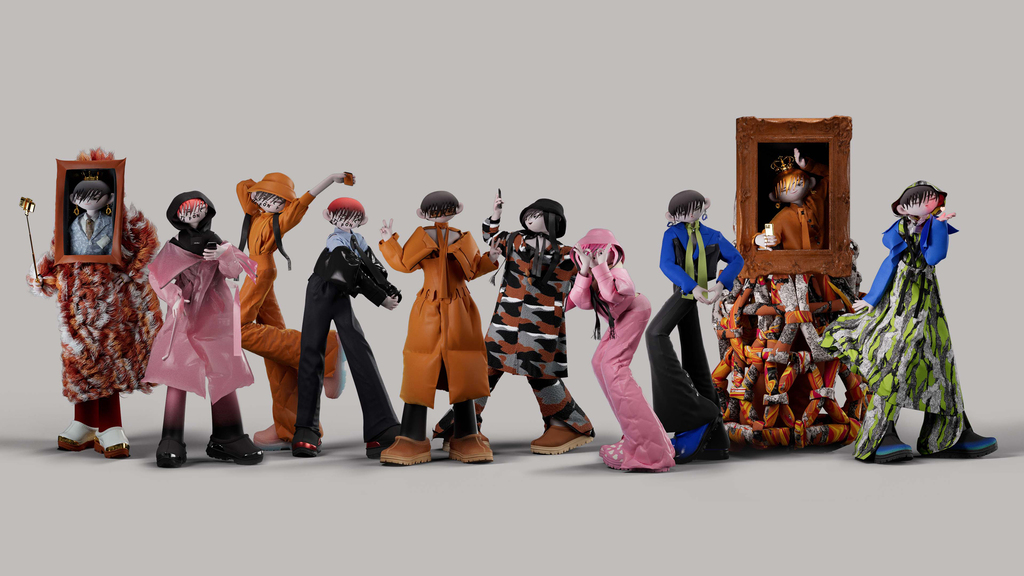
4: You have explored themes such as vanity is not a sin and vanity is a small thing in the creation of your Being Liked Vanity Boy series of visual works. Why do you think it’s important to emphasize these feelings in your work?
A: The main narrative of the series revolves around “Vanity is My Favourite Sin”, which explores the gaze and self-gaze of being in a social network in a contemporary context. Detailed ideas have already been mentioned in the previous question. I argue that as times have changed, our conception of vanity has fundamentally changed and vanity is no longer just a term with a pejorative connotation. However, not everyone recognizes and understands this, so we need to emphasize and reinforce it in our work.
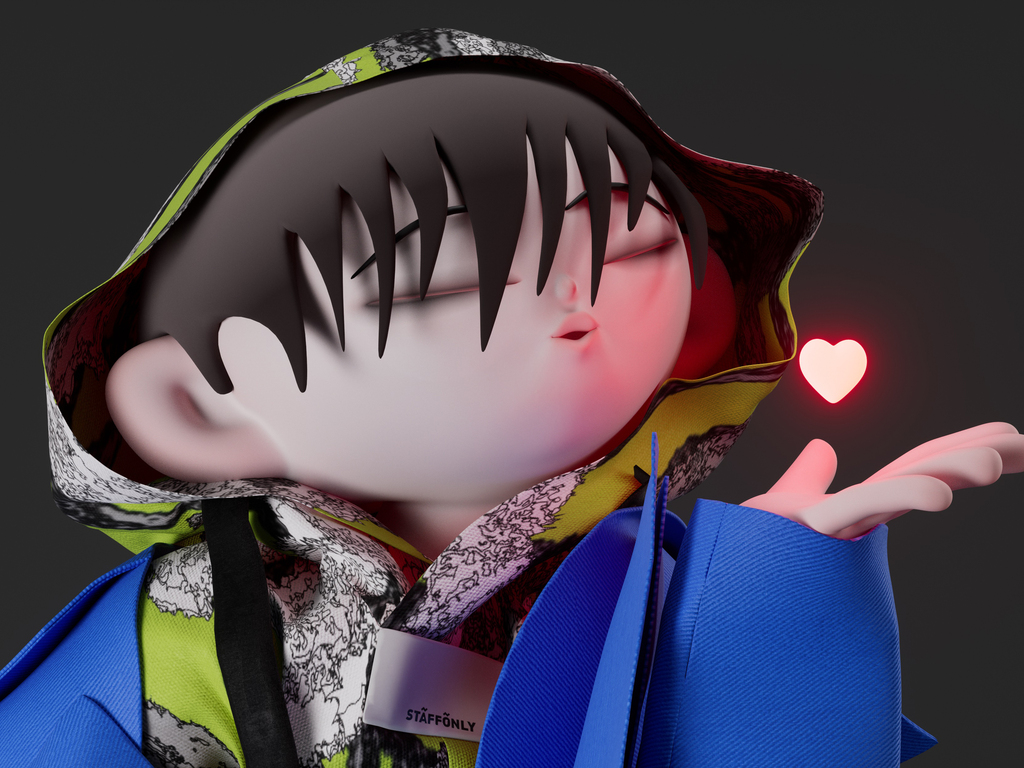
5: Can you tell us about a particularly challenging piece or series you have created and how you overcame the process?
A: My creative experiences have been filled with a variety of challenges, some projects have been technically challenging and others have been conceptually and content challenging. In creating Being Liked Vanity Boy, we faced both of these challenges. In the early stages of concept creation, we attempted to design the vanity-related avatar as a realistic style character, with movement and styling references to ancient Greek and Roman style sculptures. However, this direction was overly obsessed with technical details, leading to repeated failures. In the end, we decided to overturn the previous concept and go back to a cartoonish style. Difficulties encountered in my creations are usually overcome by a lot of repeated attempts.
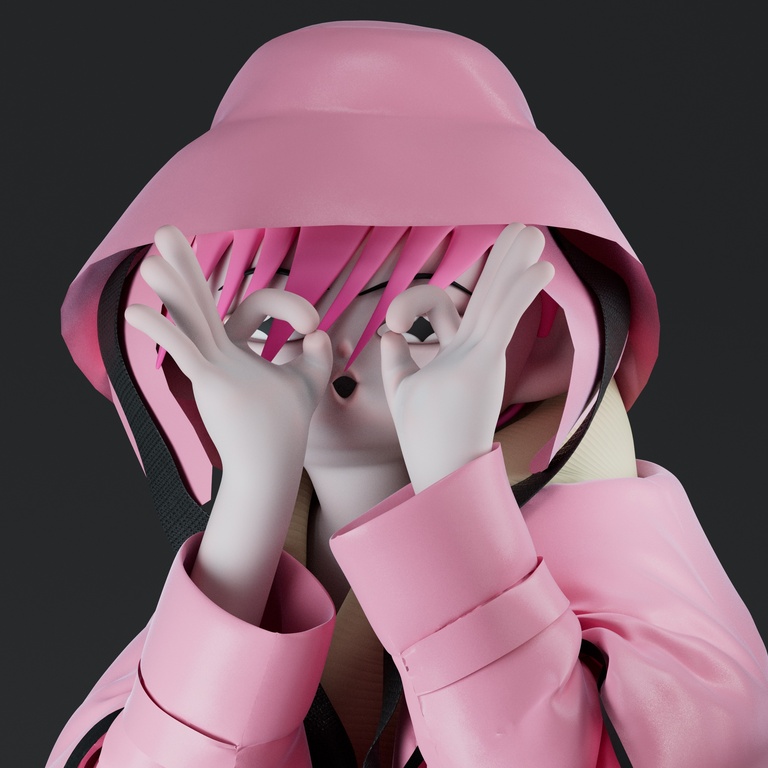
6: Can you share what subsequent impact your Red Dot Design Award and IF Design Award works in Berlin, Germany, which you are in both 2022 and 2023, have had on society and your personal significance or value?
A: In 2022-2023, I and my studio have achieved several other awards in addition to the Red Dot and IF Design Awards. Personally, these awards recognize and encourage my work and provide me with greater confidence. The experience of attending the IF Awards ceremony in Berlin has been very rewarding and I look forward to creating even more exceptional work in the future.
Finally, Shijie Hai discusses the significance of receiving international recognition for his work, including success at the Red Dot Design Award and the IF Design Award in Berlin, Germany. These awards not only recognize his personal work, but also provide him with the motivation and confidence to continue creating exceptional work.
This interview reveals Shijie Hai’s versatility as a visual artist, from his educational background to his creative practice to his unique perspective on social issues. Through his cross-cultural learning and working experiences, Shijie Hai has established a distinctive voice and style within the field of visual arts, and his work has not only gained widespread international recognition, but has also had a profound impact on the art world and society.
